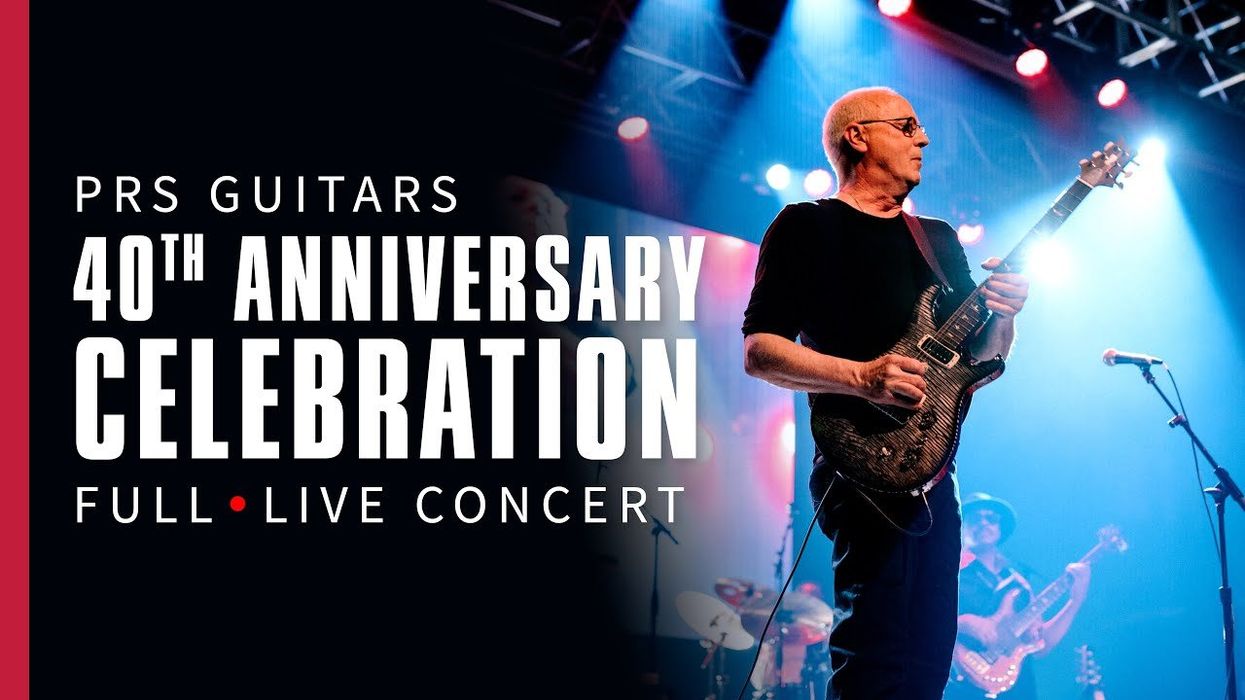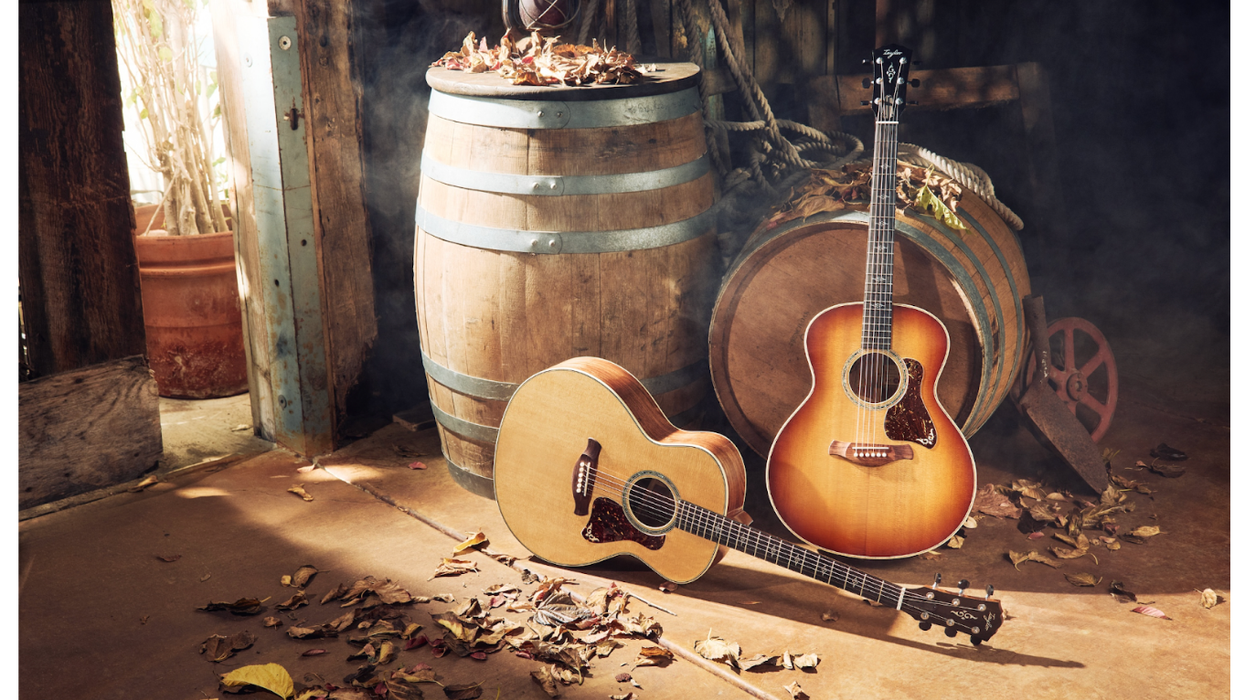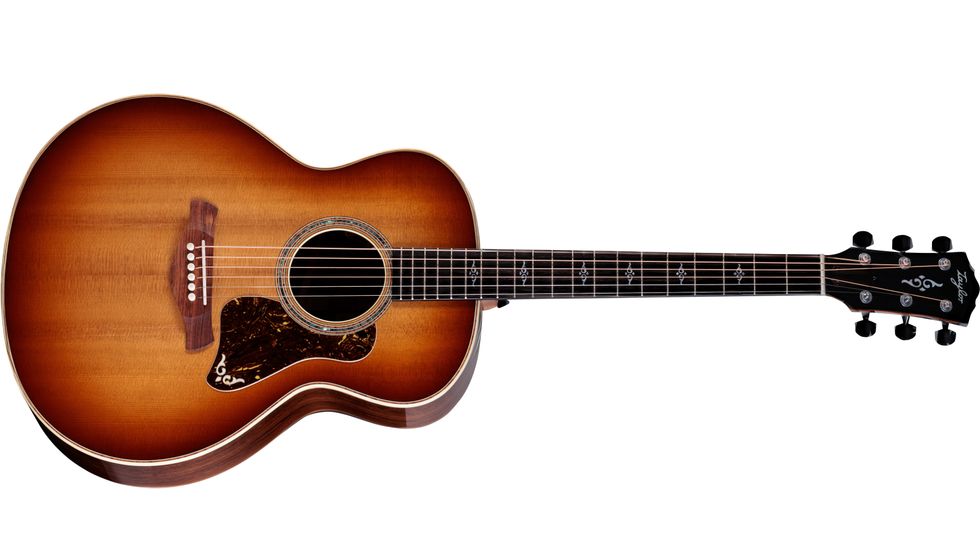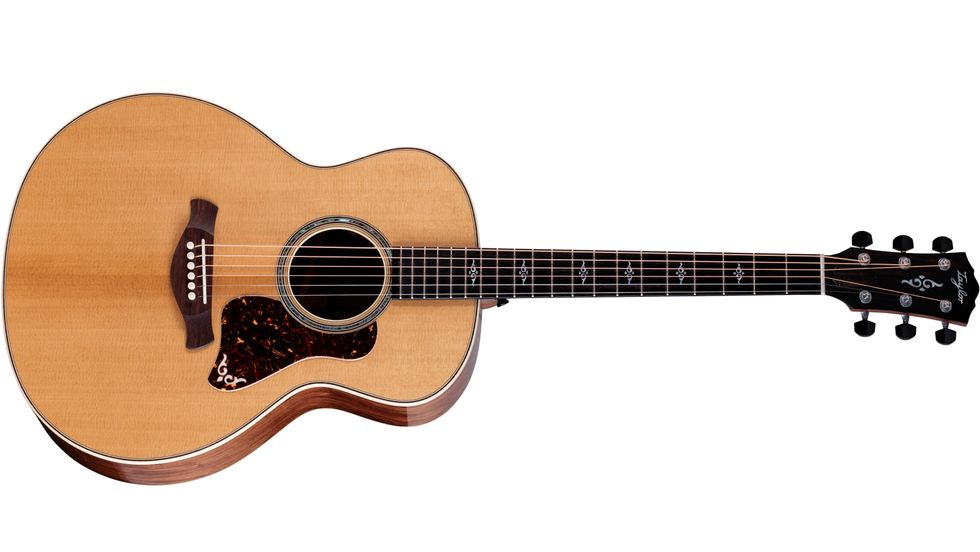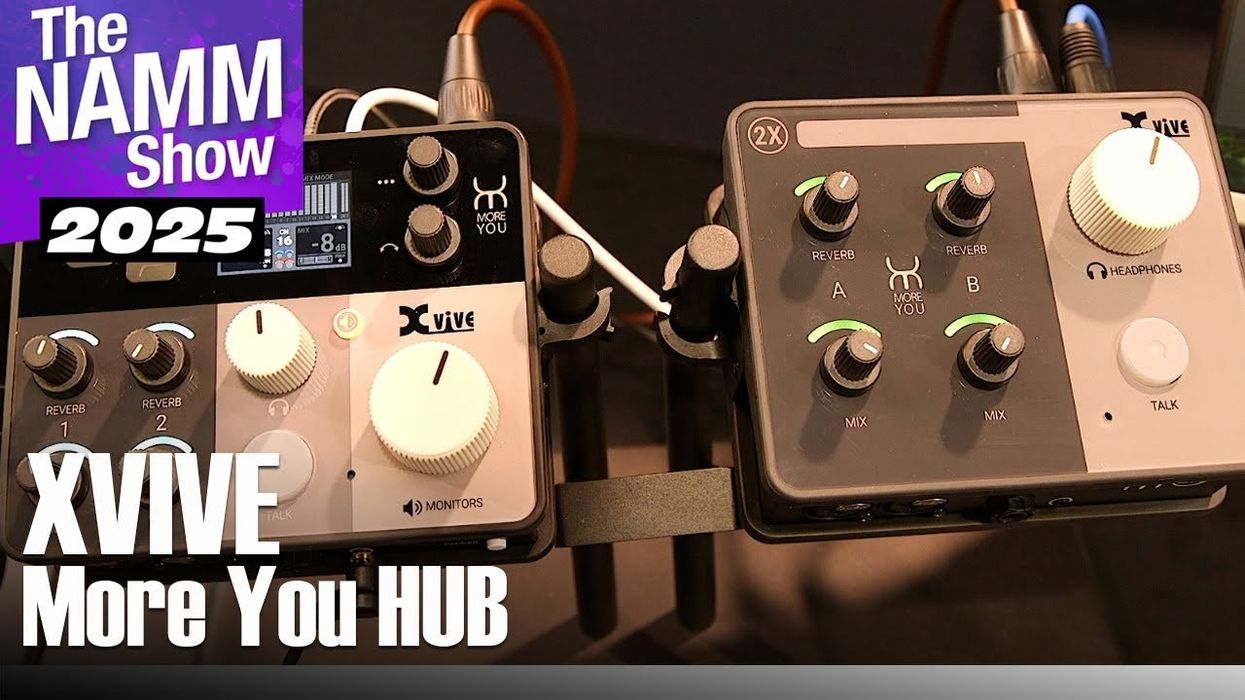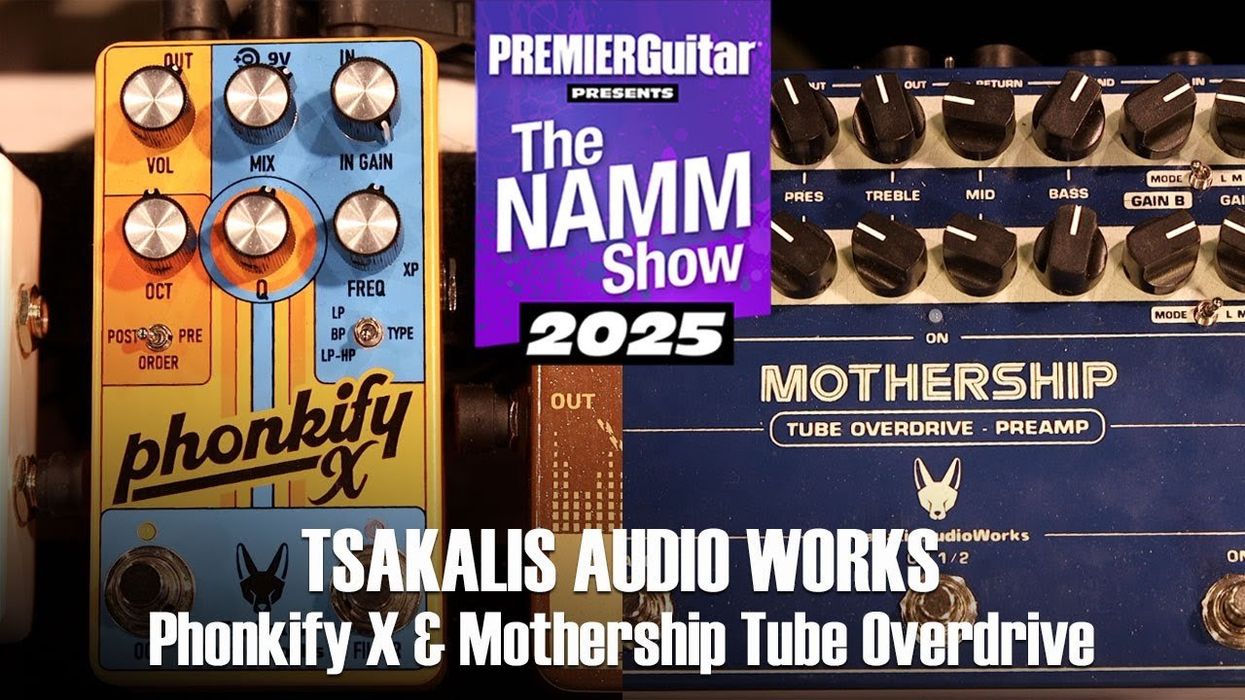Reverend introduces new signatures, an addition to its Sensei line, and a new 5-string bass.
Ryan Malicsi has been leaning on his trustworthy Jetstream 390s for years with Hot Mulligan. His highly anticipated signature model brings upgraded styling to the Jetstream 390 platform. Armed with gold hardware, a backsprayed pickguard, dazzling finishes, and a brazen reverse headstock – this guitar makes a statement before you even hit that first power chord!
Ryan Malicsi is the lead guitar player of the Lansing, MI emo band, Hot Mulligan. With three full-length albums, a fistful of EPs, and near-constant touring with other big-name Emo bands, Hot Mulligan has become the #1 Hot New Band they proclaimed on their socials.
The Reverend Ryan Malicsi Signature is now available through any Reverend Authorized Dealer.
For more information, please visit reverendguitars.com.
Sensei H90

Reverend Guitars is proud to bring its popular Humbucker/P90 pickup setup to the Sensei guitar series. This versatile combination lets players easily switch between powerful and smooth tones or blend the pickups for a unique crunchy and twangy sound. Now available through any Reverend Authorized Dealer, the Reverend Sensei H90 is a must-have for any serious guitar collection.
Reverend Bob Balch Floyd

When Bob Balch asked for a new trem model, Reverend Guitars equipped the guitar with the Floyd Rose 1000 Series Pro. The new guitar offers players enhanced performance, versatility, and exceptional tuning stability – even during divebombs. Adding the Floyd's metallic mass enhances the sparkle and harmonic richness to the tone. Reverend Guitar's Joe Naylor designed this guitar for uncompromising performance that’s ready to meet the demands of any player.
Bob Balch is the lead guitarist for fuzz rock giants Fu Manchu. He also pioneered a successful guitar education website called playthisriff.com, where he invites metal, punk, and other heavy guitarists to teach a few songs to his subscribers. This guitar is the second signature model with Bob Balch from Reverend Guitars.
The Reverend Bob Balch Floyd is now available through any Reverend Authorized Dealer.
Reverend Pete Anderson Eastsider E

Reverend Guitars announces the Reverend Pete Anderson Eastsider E. The single-pickup version of the popular Eastsider is a streamlined tone machine. With the versatile Telbucker pickup at the bridge, players can choose between three distinct tones using the unique 3-way Voice Selector circuit:
- bright percussive twang
- full hot humbucker
- fat round warmth
The Eastsider E is the fifth model in the Eastsider series, developed in collaboration with acclaimed guitarist and producer Pete Anderson. The other models include the Eastsider T, Eastsider S, Eastsider Baritone, and the set-neck Eastsider Custom.
You can now find the Reverend Pete Anderson Eastsquire at any Reverend Authorized Dealer.
Triad-5

Reverend Guitars is excited to introduce the 5-string version of the renowned Triad bass. Featuring three Jazz Bomb pickups and a 5-way selector, it provides easy access to five distinct tones. The block inlays add a touch of elegance to its design, ensuring the instrument looks as great as it sounds. For those seeking a highly versatile 5-string bass, the Triad 5 is the perfect choice.
The Reverend Triad-5 is now available through any Reverend Authorized Dealer.


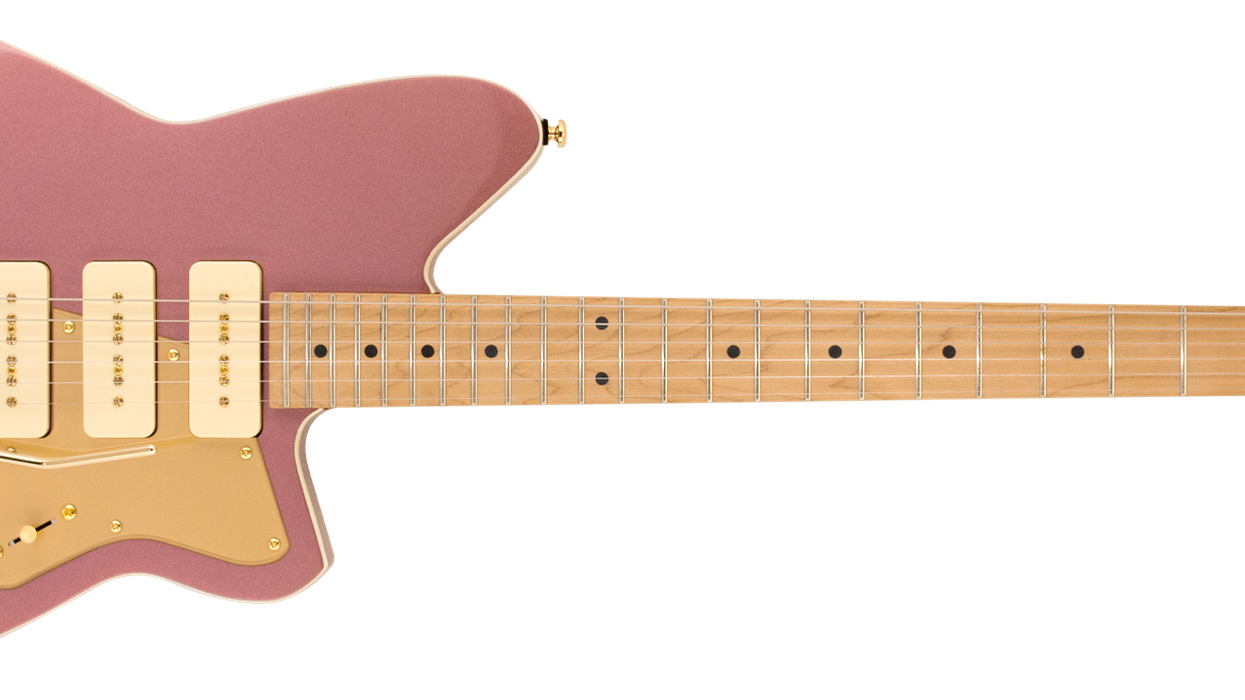
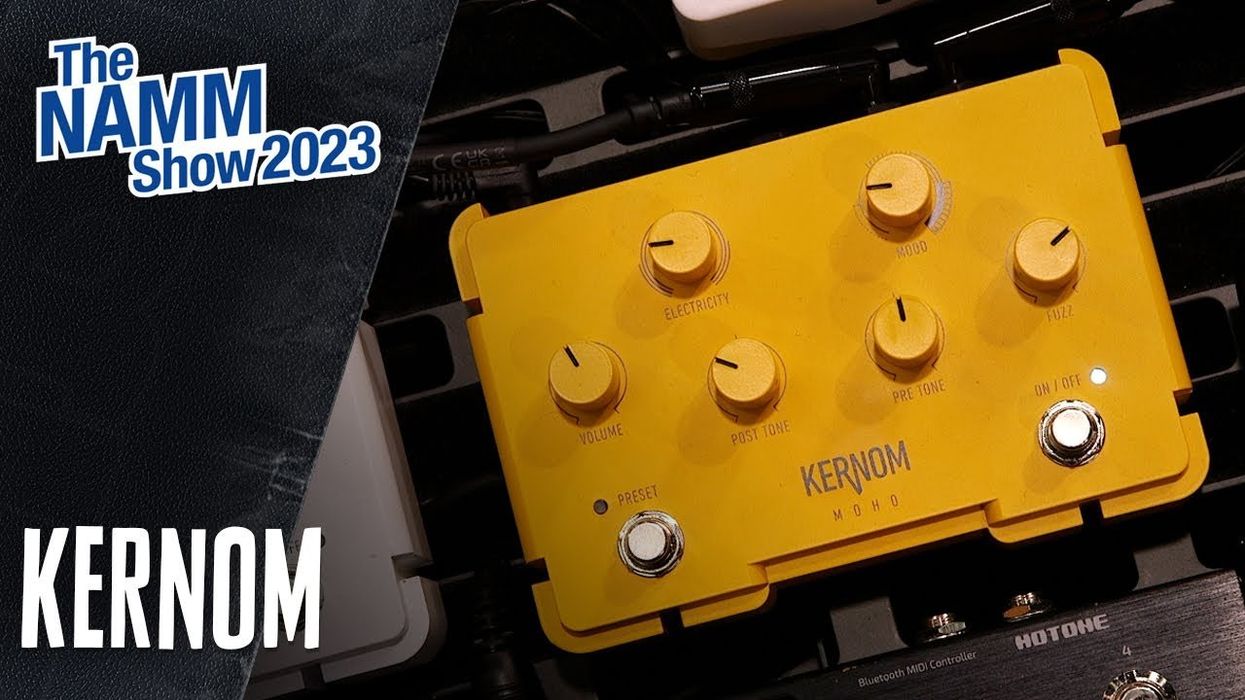
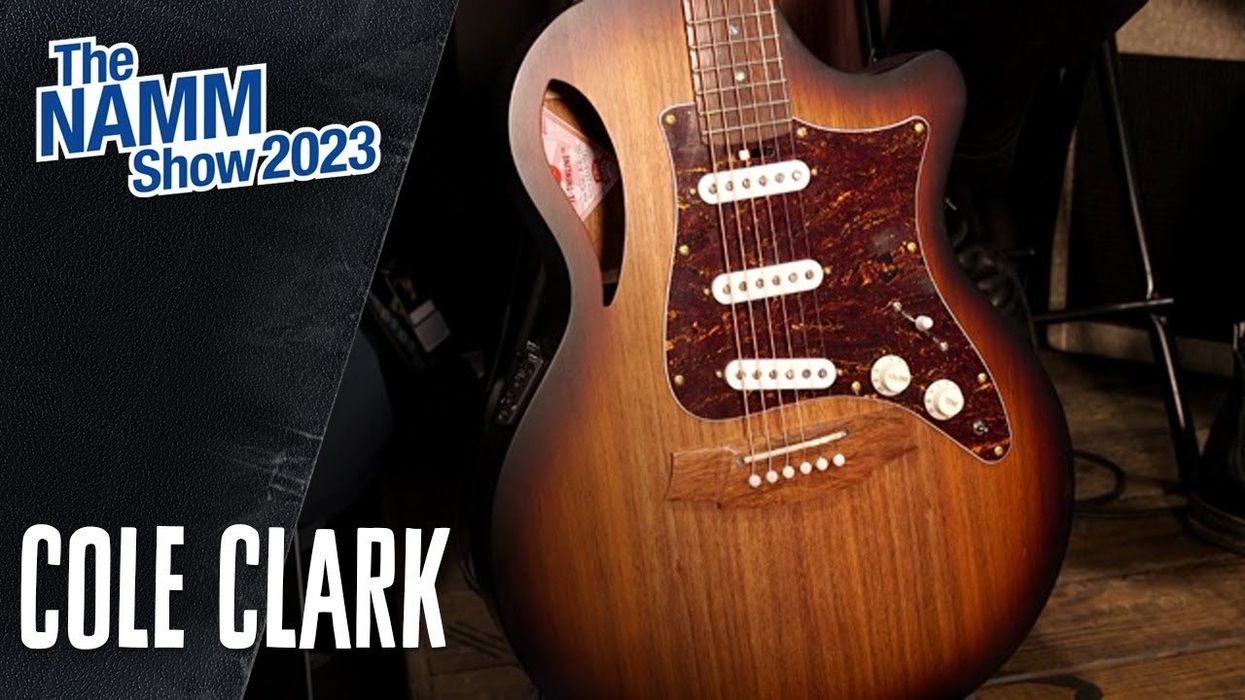
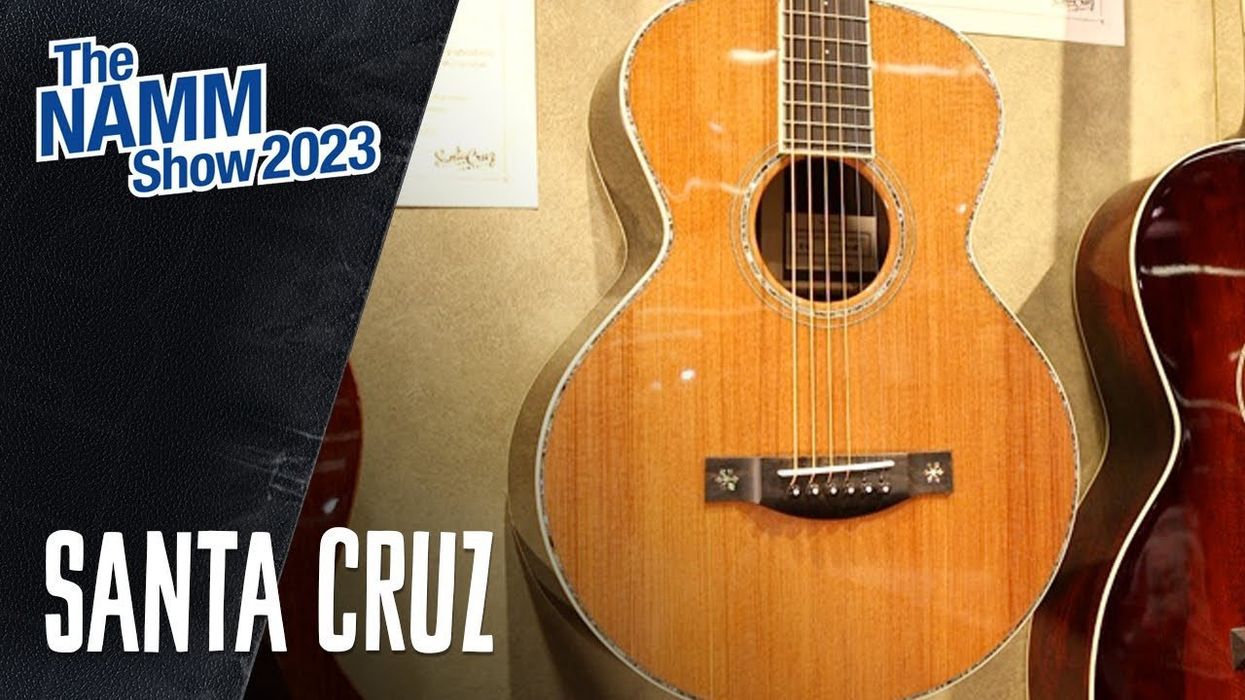
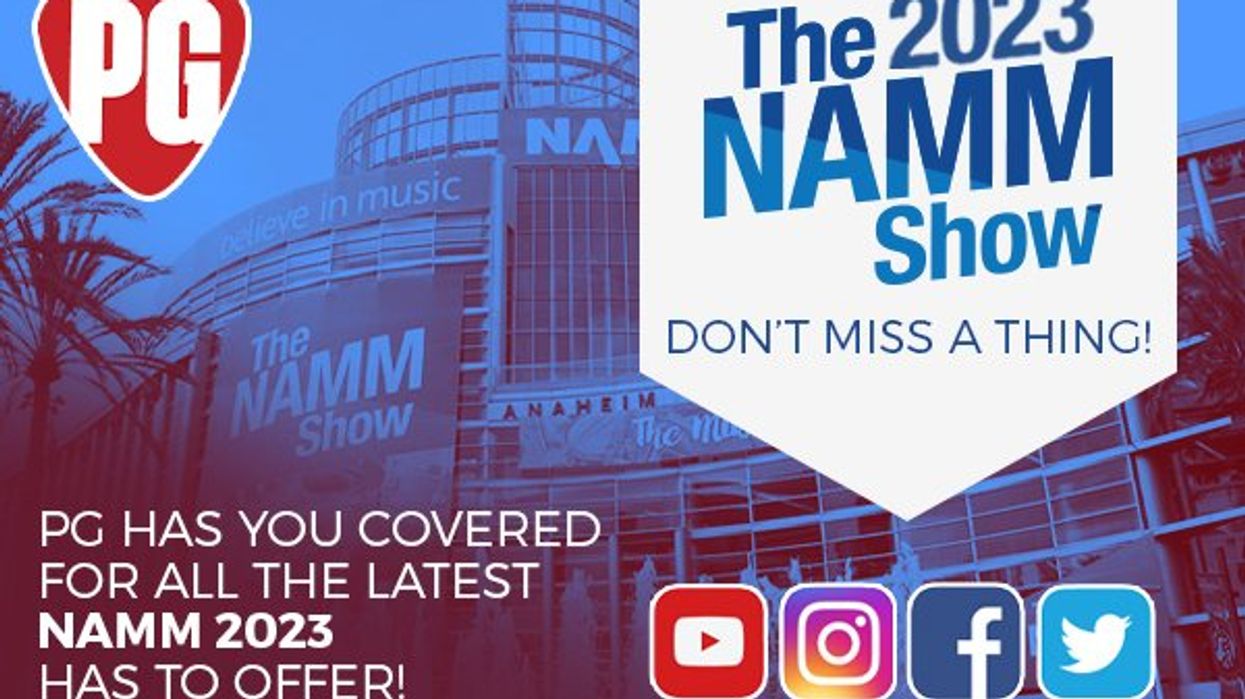
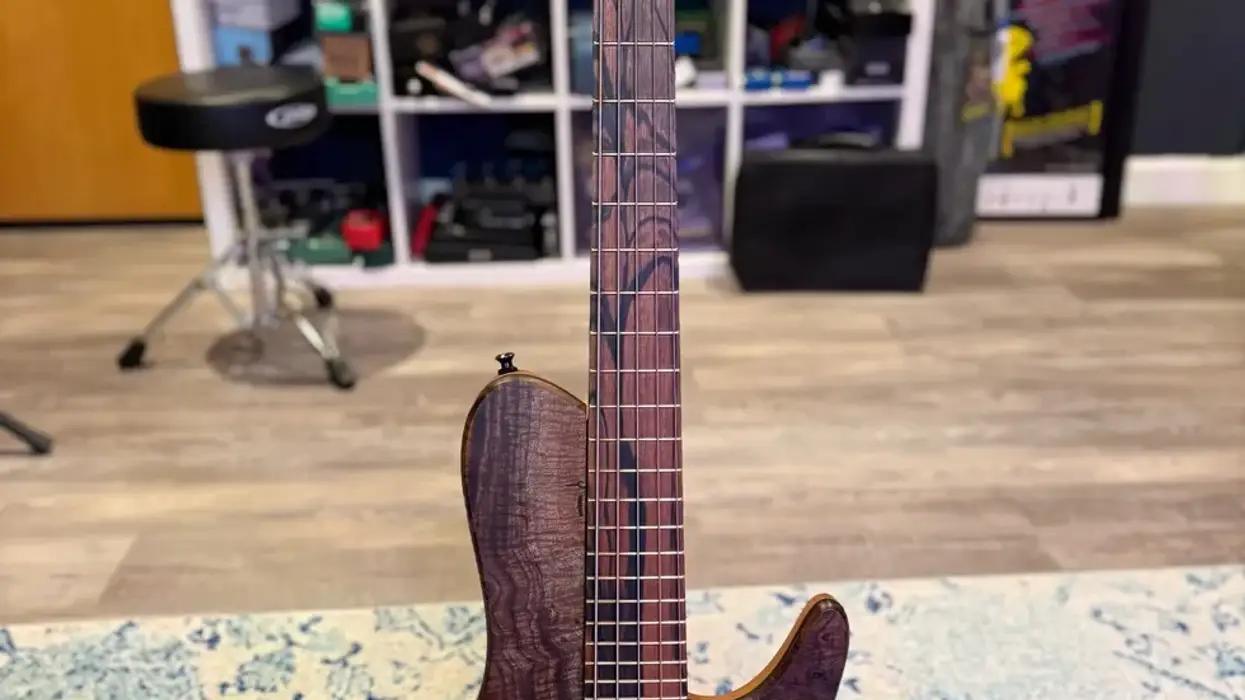


![Rig Rundown: Russian Circles’ Mike Sullivan [2025]](https://www.premierguitar.com/media-library/youtube.jpg?id=62303631&width=1245&height=700&quality=70&coordinates=0%2C0%2C0%2C0)



